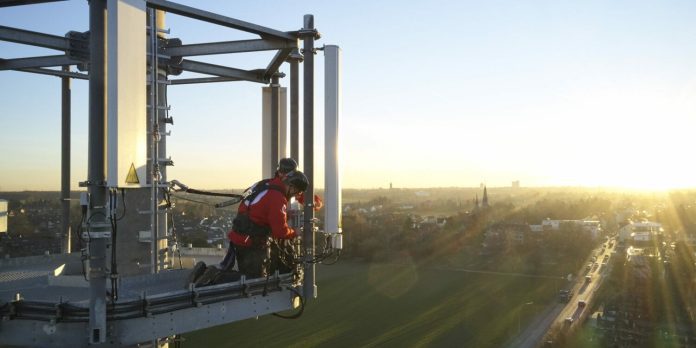LTE-M added to 18,000 Vodafone Germany mobile sites
Germany carrier Vodafone Germany announced the activation of its LTE-M network to cover over 90% of the country, the telco said in a release.
The operator said it has upgraded 18,000 mobile sites in the past few weeks to start operating the LTE-M network nationwide.
Business customers can now use the technology to control machines and sensors in the Internet of Things (IoT). In the future, private customers can also benefit from LTE-M with fitness trackers, smart watches and in the smart home, the company said.
“LTE-M is the next component in our network so that people, machines and sensors can communicate with one another at any place and at any time,” said Vodafone Germany’s head of technology, Gerhard Mack. “We build cellular networks with four levels. With LTE we connect people with their smartphones. Narrowband IoT is our machine network for sensors. LTE-M enables the exchange between people and machines. And 5G is always used wherever real-time data exchange and huge bandwidths are needed,” he added.
In contrast to the new 5G generation of mobile communications, LTE-M is particularly suitable for exchanging small and medium-sized amounts of data, the telco said. The maximum bandwidth that this network technology can achieve is 2 MBPS. This is completely sufficient for the transmission of a lot of sensor data. The transmission of huge amounts of data – for example with augmented reality – is not possible with LTE-M. This is where 5G is used, depending on the frequency range used, with bandwidths of up to one gigabit per second.
Vodafone Germany recently said that its 5G network currently covers 10 million people across the country.
The operator said that its 5G technology has been recently activated in 300 new cities and municipalities across Germany.
For its 5G expansion in Germany, Vodafone is relying on 5G frequencies i at 1.8 GHz in most locations — especially in cities — and also on 3.5 GHz spectrum.
Vodafone also uses frequencies in the 700 MHz band at individual locations to expand mobile communications in rural areas.
The telco is also using dynamic spectrum sharing (DSS) technology for its 5G expansion.

